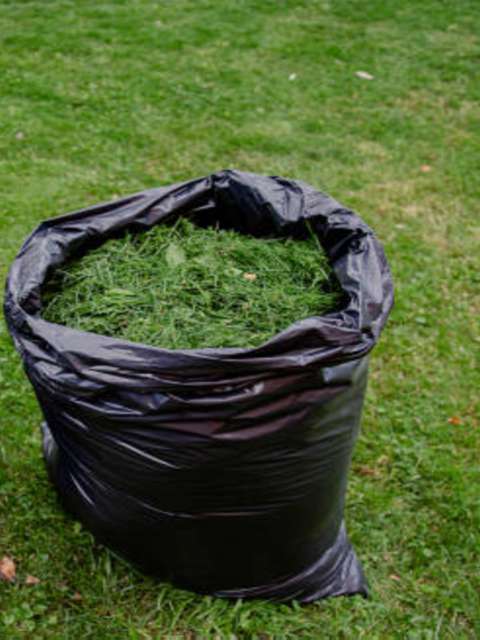
Collecting vs Dropping Grass Cuttings: Pros and Cons
Key Takeaways
- Collecting grass cuttings means removing them from the lawn after mowing and using them for other purposes, such as composting or disposal.
- Dropping grass cuttings means leaving them on the lawn after mowing, where they decompose and act as a natural fertiliser and weed suppressant.
- Both methods have pros and cons, depending on the type of grass, the condition of the soil, the frequency of mowing, and the desired appearance of the lawn.
- Collecting grass cuttings is better for fine or ornamental grasses, sandy or clay soils, infrequent or irregular mowing, and a neat and tidy lawn.
- Dropping grass cuttings is better for coarse or hardy grasses, loamy or fertile soils, frequent or regular mowing, and a natural and healthy lawn.
Collecting Grass Cuttings: Pros and Cons
Collecting grass cuttings is the traditional method of lawn care, where the cut grass is removed from the lawn and either disposed of or used for other purposes, such as composting or mulching. Here are some of the pros and cons of collecting grass cuttings:
| Pros | Cons |
|---|---|
| – Reduces the risk of thatch build-up, which can suffocate the grass roots and prevent water and air from reaching the soil. | – Requires extra time, effort, and equipment to collect, transport, and store the grass cuttings. |
| – Prevents the spread of diseases, pests, and weeds that may be present in the grass cuttings. | – Deprives the lawn of nutrients and organic matter that the grass cuttings provide when they decompose. |
| – Improves the appearance of the lawn, making it look neat and tidy. | – Increases the need for artificial fertilisers and weed killers to maintain the health and quality of the lawn. |
| – Allows for more flexibility in mowing schedules, as the grass can be cut at any length and frequency without affecting the lawn. | – Wastes a valuable resource that can be used for composting or mulching, which can benefit other plants and gardens. |
Dropping Grass Cuttings: Pros and Cons
Dropping grass cuttings is a more modern and eco-friendly method of lawn care, where the cut grass is left on the lawn and allowed to decompose and return to the soil. This is also known as mulching or grasscycling. Here are some of the pros and cons of dropping grass cuttings:
| Pros | Cons |
|---|---|
| – Saves time, effort, and money, as there is no need to collect, transport, or store the grass cuttings. | – Increases the risk of thatch build-up, which can suffocate the grass roots and prevent water and air from reaching the soil. |
| – Provides nutrients and organic matter to the lawn, as the grass cuttings decompose and act as a natural fertiliser. | – May spread diseases, pests, and weeds that may be present in the grass cuttings. |
| – Improves the soil condition and water retention, as the grass cuttings help to create a layer of mulch that protects and enriches the soil. | – May affect the appearance of the lawn, making it look messy and uneven. |
| – Reduces the need for artificial fertilisers and weed killers, as the grass cuttings help to suppress weeds and nourish the grass. | – Requires more frequent and regular mowing, as the grass should be cut at a shorter length and more often to prevent clumping and matting of the grass cuttings. |
Conclusion
Collecting and dropping grass cuttings are two different methods of lawn care that have their own pros and cons. The best method for your lawn depends on various factors, such as the type of grass, the condition of the soil, the frequency of mowing, and the desired appearance of the lawn. If you are unsure which method is best for your lawn, you can consult a professional lawn care service, such as Handy Andy Lawn Care, who can advise you on the best practices and techniques for your lawn. Alternatively, you can experiment with both methods and see which one works better for your lawn. Remember, a healthy and beautiful lawn is not only good for your home, but also for the environment and your well-being.
